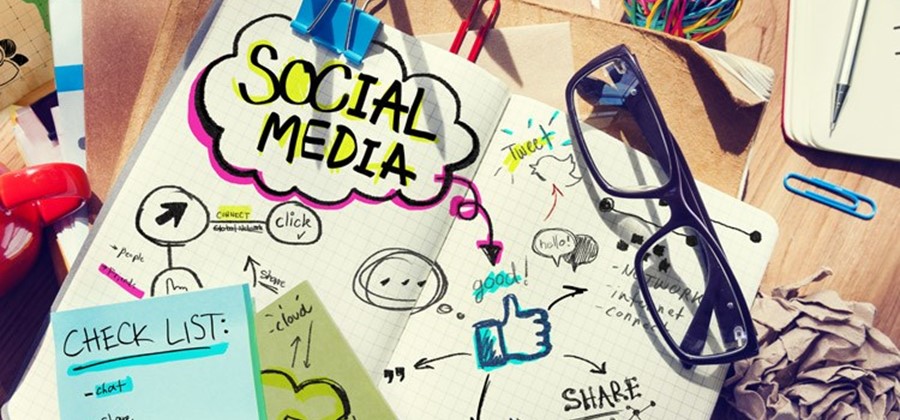How First Media and the EFL are tackling inclusion
It was a pleasure to work with the EFL to produce something so meaningful.

Get the speakers involved from the start, include them in the marketing of the event. Ask them to tweet and post to their social networks using a designated hashtag. Many presenters will have a large social following of their own, a great new audience to reach. Where applicable ask the venue and suppliers to tweet and post about the event.
Create a designated #hashtag. This is one of the best ways to promote your event. It allows you to track what people are talking about and interact with attendees and people interested in attending your event. Our top tips for creating your bespoke event hashtag are to add it to the pre-event marketing strategy, it should be taken seriously and planned in advance so that it can be used from the get go. Keep it short and memorable. Make it unique to your event and check your competitors aren’t already using it.
Make it fun! run social media competitions ahead of the event with prizes and give-aways related to the overall event experience.
Use Video, video testimonials and promotional videos, give your guests an idea of what to expect. For over 70% of the population, video is their top method of viewing content. Once your videos are created, post them on your social channels and host them on your event website or blog.
Use polling and live voting to give your guests a voice. The live voting systems we use integrate social media. This means attendee’s can respond to opinion polls via social media on their mobile phones. This keeps them involved and engaged throughout the event.
Create plenty of photo opportunities, add photo booths, selfie boards and photo-props, perhaps include a photo session with the key speaker/host/celebrity. The power of pictures on social media particularly on Instagram is immense. People love to take pictures and share the experience with their friends, family and colleagues which is all free promotion for your next event!
Live Filming, it goes without saying that you will post updates and pictures of the event on your social media accounts. As we mentioned earlier, video is the most popular method of viewing content so why would you not use Facebook live video streaming?
Just because the party’s over doesn’t mean it stops, keep tracking and engaging in conversations with your bespoke hashtag.
Post your new videos and event testimonials, creating a reminder of the day. People who enjoyed the event and or got caught on camera are likely to share the post.
Ask for feedback, use Facebook polls to establish what your guests liked about the event, what they would like to see different at the next event. By doing this you are creating a cycle of engagement.
Create a cycle of engagement, once you have your feedback why not gather opinions on e.g. menu options for your next event. This keeps your delegates involved, creating a feeling of significance and attachment to your company/event. In turn this encourages people to keep attending, anticipating what you will do next.
Whichever social platforms you deem most relevant to your company, event or brand, utilise them in full. Whilst Twitter and Facebook and Instagram are the top platforms for events, don’t forget to use Linkedin, YouTube and your blog.
We can support you with the whole event process from conception to completion, with all the creative and technical help you will need to create an amazing experience your guests will love. We work throughout the UK and offer attractive event packages for a range of conferences, award ceremonies, training days, parties and more. Contact hello@firstmedia.co.uk for more information
If you’d like to speak to us about how we might be able to help you with your next project, call us on 01507 607783 or fill out this form and we’ll be in touch in a jiffy.
|
You should also read…
It was a pleasure to work with the EFL to produce something so meaningful.
How to create a positive impact on your new recruits!
We're exhibiting at the free online event next month